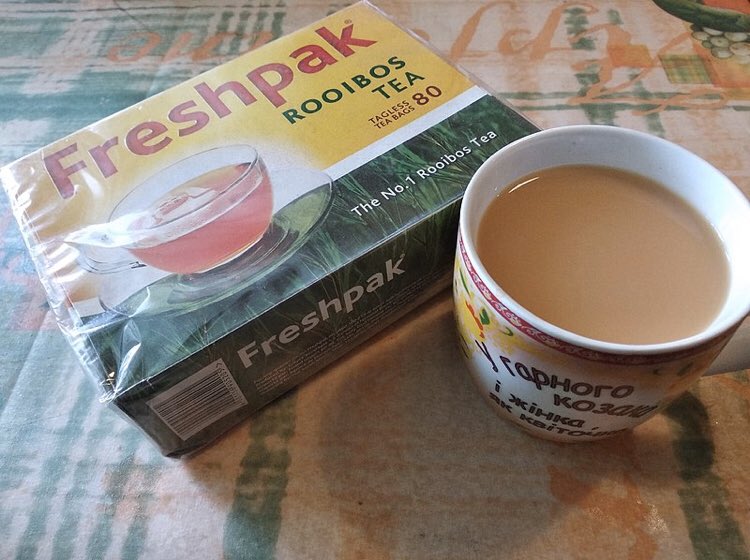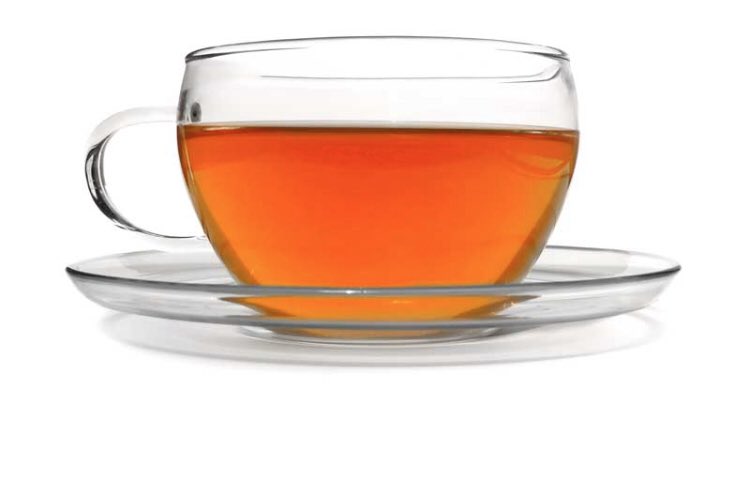Random Thread: All you need to know about rooibois tea.
1/ Weeks ago, I kept seeing Earl Grey & Lipton tea during breakfast at a hotel. So I insisted I wanted rooibois tea, and the manager made a plan.
Lets talk about rooibois tea.
@LandNoli @_AfricanSoil @garweh2011
1/ Weeks ago, I kept seeing Earl Grey & Lipton tea during breakfast at a hotel. So I insisted I wanted rooibois tea, and the manager made a plan.
Lets talk about rooibois tea.
@LandNoli @_AfricanSoil @garweh2011
2/ Rooibos, aka, red bush tea is grown in the Cederberg Mountain area in Western Cape, South Africa.
Centuries before it became an export, it was long sipped by SA’s Khoisan people.
When the Dutch, British, and Russian colonists came, they joined the locals in the beverage
Centuries before it became an export, it was long sipped by SA’s Khoisan people.
When the Dutch, British, and Russian colonists came, they joined the locals in the beverage
3/ In the 1770s, broke Dutch settlers in the Western Cape of South Africa joined the locals in rooibos drinking instead of having expensive black tea imported from Europe. It remained a local beverage for another 120 years.
4/ Over 100 years later, Russian native Benjamin Ginsberg moved to the Western Cape near Clanwilliam with his father. He was introduced to the local tea.
Ginsberg started selling rooibos in 1904 so much that 18 years later overharvesting the limited crop became a major problem.
Ginsberg started selling rooibos in 1904 so much that 18 years later overharvesting the limited crop became a major problem.
5/ Botanist Pieter Le Fras Nortier found a way to cultivate the rooibos seed on a larger scale in 1930s, helping to scale agricultural production.
In 1954 the apartheid system set up a control board to oversea the industry with some 500 tons annual output.
In 1954 the apartheid system set up a control board to oversea the industry with some 500 tons annual output.
6/ In 1968, one Annique Theron, claimed that rooibos tea cleared up her infant daughter’s allergies; she started a company around the idea that expanded a number of products, and sparked interest in its potential medical benefits.
Locals had long been excluded from the industry
Locals had long been excluded from the industry
7/ End of apartheid in the early 1990s also removed sanctions. Rooibos found international buyers in Europe. It’s now exported to more than 30 countries such as US, UK, Netherlands, Japan, and Germany.
8/ Long before Ginsberg got wind of the tea, resulting in eventual industrialization of rooibos production, SA’s local Khoisan people consumed it.
When commercialised under colonial rule, the Khoisan lost their access to the tea plant, the land and their intellectual property
When commercialised under colonial rule, the Khoisan lost their access to the tea plant, the land and their intellectual property
9/ In 2019, SA’s environment minister, the National Khoisan Council, San Council of SA, and the SA Rooibos Council agreed that when white farmers sell their rooibos to tea processors, an annual “traditional knowledge levy of 1.5%” will go to Khoisan communities.
10/ The annual revenue of $800, 000 is entrusted equally to the National Khoisan Council and San Council.
This 1.5% is a pittance compared to the industry’s estimated $23 billion annual revenue, but the agreement was more about recognition than finances. So locals lost out.
This 1.5% is a pittance compared to the industry’s estimated $23 billion annual revenue, but the agreement was more about recognition than finances. So locals lost out.
11/ Indigenous knowledge systems were misappropriated for over 150 and 200 years. Only in 2019 were local communities recognized as traditional knowledge holders of rooibos as a beverage.
The Khoisan had to get lawyers to fight for benefit sharing.
The Khoisan had to get lawyers to fight for benefit sharing.

 Read on Twitter
Read on Twitter


![12. There is a documentary called Rooibos Restitution that shows how the paltry restitution was arrived at.[Largely sourced from Quartz]. 12. There is a documentary called Rooibos Restitution that shows how the paltry restitution was arrived at.[Largely sourced from Quartz].](https://pbs.twimg.com/media/EVjjS-qWoAEzWY3.jpg)


